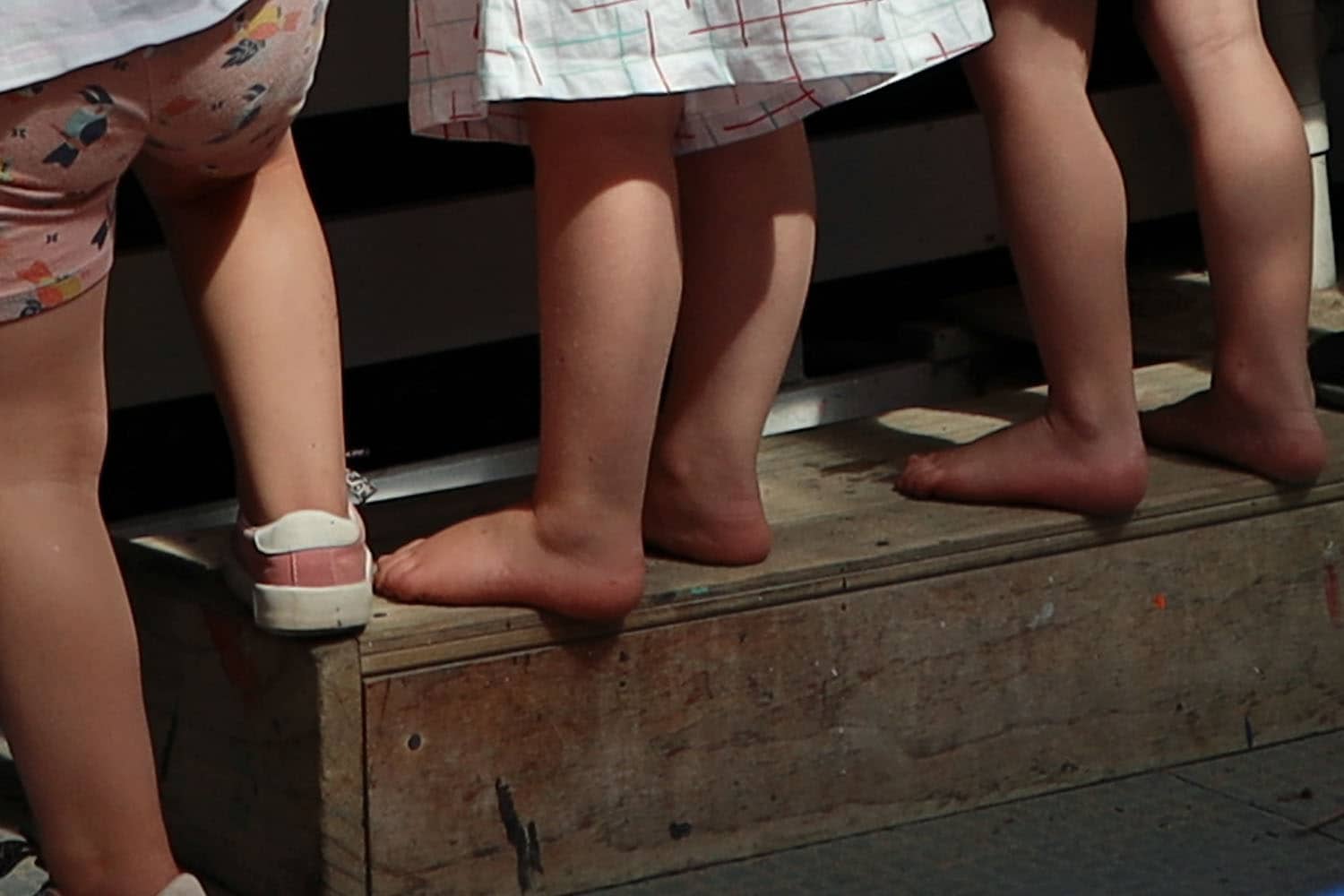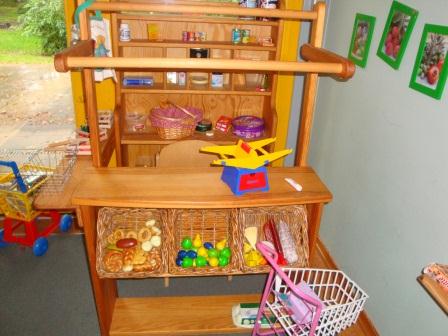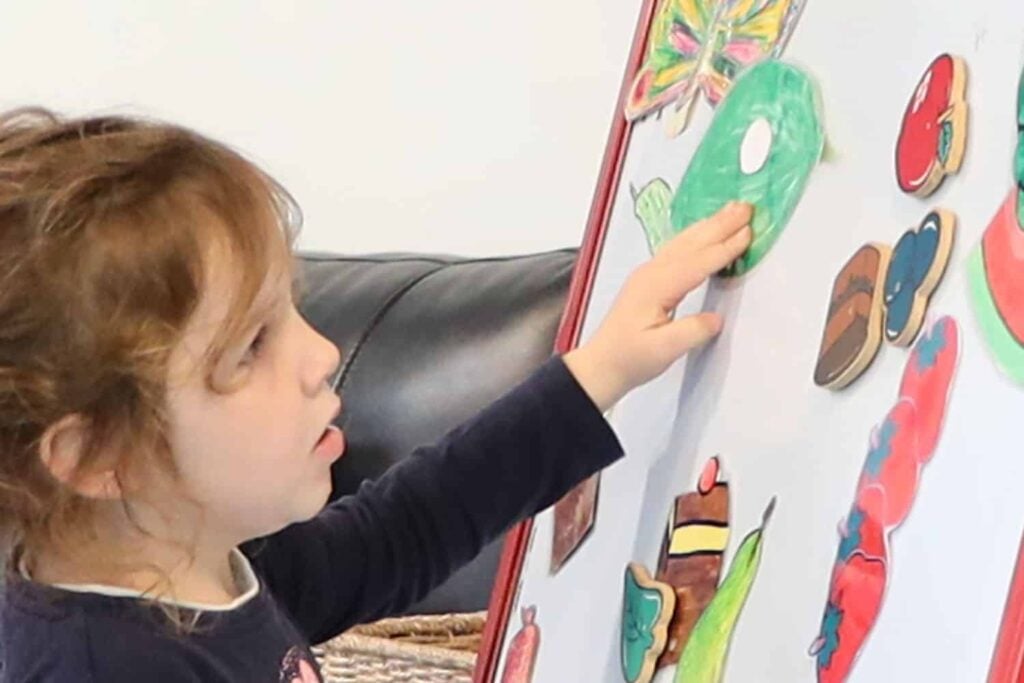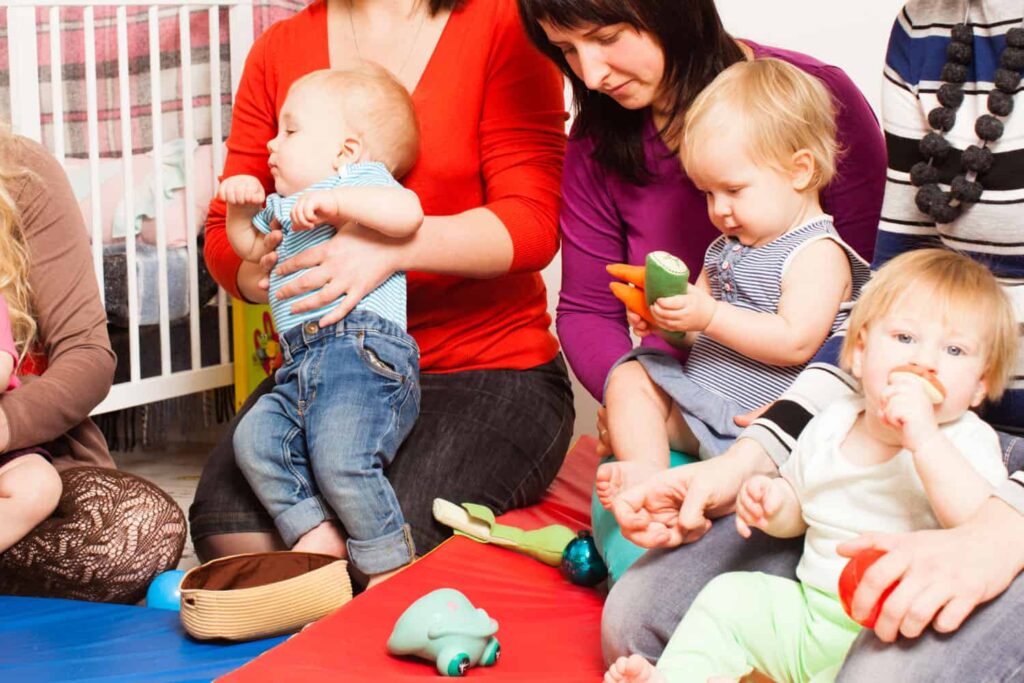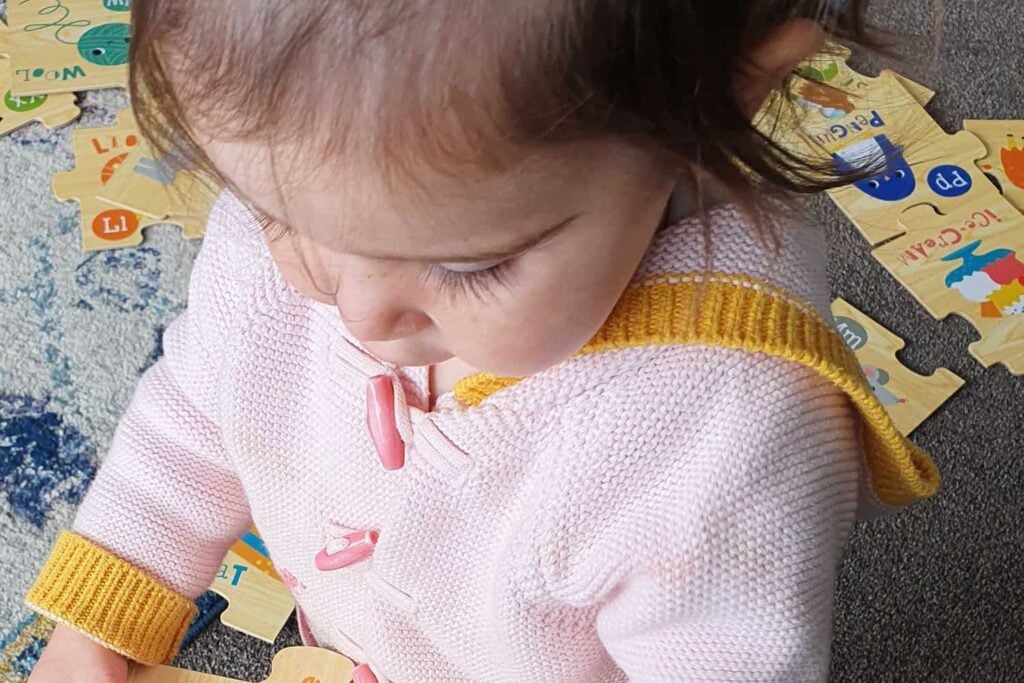Bubble Size and the need to bring in Requirements for Maximum Class Sizes into Early Childhood Education Regulations.
November 5, 2021.
The Ministry of Education has allowed early childhood centres where the Delta strain is in the community to double the size of bubbles from 10 to 20 children. This takes effect immediately in parts of Waikato at Alert Level 3 Step 2 and in Auckland when it is moved to Alert Level 3, Step 2 (from 11:59pm on 9 November, 2021). Meanwhile, 167 new cases of Covid-19 were reported today.
The Ministry made this decision to enable centres with premises that cannot accommodate all or most of their children in small class sizes, to pack more children in.
In contrast to ECE, primary schools in Auckland and Waikato are yet to be allowed to resume classes. Minister Hipkins has said this might not happen until 15 November, and year groups may be required to attend on different days with key concerns being ventilation and class numbers.
It would be reasonable to expect the Ministry of Education to get data before making the decision to allow early childhood education (ECE) centres to increase bubbles to 20 children. But it does not have data on compliance to know if increasing bubble size exposes more children and more families to risk. At the Office of Early Childhood Education we have heard from teaching staff in centres of some of the large commercial chains who report lots of cross-over between bubbles. For example, teachers from different bubbles socialising together in break rooms and lobbies, relief teachers being placed in different centres daily, and 4 year-olds sent to the playground to join a second bubble for some of the day to give them more outdoor time.
The Office of Early Childhood Education has shared with the Ministry a poll on what most centres want – which is not to immediately increase the size of bubbles.
Vaccination, face-mask wearing and ventilation are key ways to protect children against the Delta strain. However, the efficacy of these protection methods is problematic in ECE centres for the following reasons.
- Vaccination. A vaccine is still a way off being available for under-fives. Therefore, in NZ the highest concentration of risk with the unvaccinated will become ECE centres since centres may have as many as 150 children together at any one time.
- Face-mask wearing. Babies and young children wearing face masks is not an effective strategy to provide protection and reduce the spread of infection as it is for older children and adults.
- Ventilation. Services can be told to ensure good ventilation, but there can still be a problem of overcrowding due to the space requirement per child (only 2.5 sq m per child, unless in an Alert Level 3 area then it is increased slightly to 3 sq m per child). Most sleep rooms don’t have windows that open. Sleep rooms can have doors that stay closed while multiple children are resting within. Air conditioning units just circulate the same air around and heat pumps cannot cope with open windows.
Get the evaluation tool for bubble size increase
This guideline gives you the easiest way to structure and undertake evaluation of whether your centre can safely increase bubble size and ensure that nothing is missed.
Guideline for evaluating capacity
Bubble size change – What do centres want and when?
The poll results for teacher-led centres in Alert Level 3 areas were:
- 13% centres in favour of an immediate increase of bubble size to 20 children.
- 31% centres against an increase in bubble size until all their teaching staff are fully vaccinated.
- 56% centres against an increase in bubble size until their area is moved to Alert Level 2.
The overwhelming majority of comments were concerned for children’s safety should bubble size be increased to 20 while teaching staff were not fully vaccinated and/or their area was still in Alert Level 3. Here are some examples of what was said:
- “It keeps parents and staff feeling comfortable with sending their tamariki, while knowing a smaller bubble is easier to contain the virus.”
- “To restrict flow of COVID. Bubble of 10 is reasonable and manageable.
- “Keeping more vigilant with 10 children is manageable. If an outbreak happened it would be contained better.”
- “Small bubbles keep us as teachers safe and the children.”
- “The increased risk of moving from home bubble to ECE bubble of ten is enormous and has been totally under estimated by MOE and Govt. Please do NOT increase bubble size! Young children do get Covid !!”
- “Ten in one bubble only requires 2 teachers per bubble. Easier to keep track of contacts, less contact with more individuals.”
The main driver for being in favour of an immediate bubble increase was parental need for childcare. Examples of what was said included:
- “Having a small number of children in a bubble has been beneficial, however, it has not been an advantage in terms of unhappy parents/whanau who we have not been able to accommodate currently.”
- “We are only a small centre licensed for 38 children in a low socio-economic community. About 12 of our tamariki are still at home who would love to return to the centre, as would their parents. We have children waiting to start who had previously enrolled which is impacting their parents with work.”
- “For centres that only have one room, this has made supporting working parents impossible!”
Structural constraints can provide a barrier to centres caring for all their enrolled children when required to implement bubbles. For example, a centre licensed for 140 including babies may, depending on its layout, be able to accommodate two bubbles at most – one in the infant area and one in the main play space. Here are a couple of quotes to illustrate the problem that the Ministry of Education has licensed centres that are not designed to easily accommodate small group sizes.
- “We have only 1 bubble of 10 as we could not separate 2 bubbles easily. We hold a licence for 50.”
- “It’s hard to cater for all levels of age groups (in our bubble) especially as we can only use the baby room for both under-twos and over-twos.”
The unintended outcome of the bubble size requirement
Most comments were supportive of restricting child numbers per group as small groups were related to better learning experiences and outcomes. Some examples of what was said were:
- “Staff have more time for one-on-one learning which otherwise is difficult.”
- “Children have developed closer relationships with each other.”
- “Children can receive more nurturing from the teachers.”
- “Great ratios, quality care, and we can spend time with the children and really engage in their individual learning.”
- “It is easier for is teachers to manage and monitor the children. We can always check them if they are feeling well and the same time train them when it comes to hygiene. We can do a lot of interaction activities.”
- “Teachers have been able to better meet the individual needs of these children and share deep learning experiences.”
- “The children were very different from when they left. By having bubbles, we kind of learned more about them and their needs and wants.”
- “We have managed to fill 2 bubbles of 10 children and have no contact with the other bubble. Real quality teaching with one-on-one interactions, focusing on building needed independent skills and reaching milestones in a short time also capturing it effectively without rushing. We can do learning stories with children.”
- “Personalised teaching with the smaller number.”
- “It has benefits such as easier to ensure focused learning, and a healthy and hygienic environment.”
Recommendations
We want to do everything we can to reduce the risk of children catching Covid, getting sick, and spreading it in their families and community – right?
Perhaps the Ministry of Education will show that it also wants centres to do everything possible to reduce the risk of children catching Covid while vaccination for this age-group is not available. If it does then the Ministry would do the following three things:
1. Allow the bubble to be formed with children from up to 10 families (not 20 children from 20 families)
This would enable centres to increase capacity where siblings from the same families attend without affecting the purpose of the bubble which is to reduce and control the spread of Covid.
2. Halt the licensing of new centres that can’t care for children in small group sizes/ classes
Given the benefits of small group size/ class size for child health (and learning!), the Ministry of Education would be unwise to licence any further teacher-led centres unless the centres are designed to be able to provide small group/ class sizes for all children within the licensed space.
3. Expedite group/class size regulation
The OECE further recommends that the Ministry of Education expedite the introduction of regulations for group/class size in teacher-led centres. What the optimal group or class size is can depend on the child’s age. Research has provided guidance on optimal group sizes. Note that the ECE sector has waited since 2011 when it was promised that work would be done to regulate for group size as this became an urgent need following a regulation change that saw licence size trebled from 50 to 150 children.
You may also be interested in reading
The Latest on the Vaccination Order and Requirements
Be better informed – Get ECE updates
Would you like to be on our mailing list for early childhood updates and newsletters?
Comments
Login to see the ‘leave a reply’ box below and add your thoughts or question. If you are not currently a member click here for membership options.


